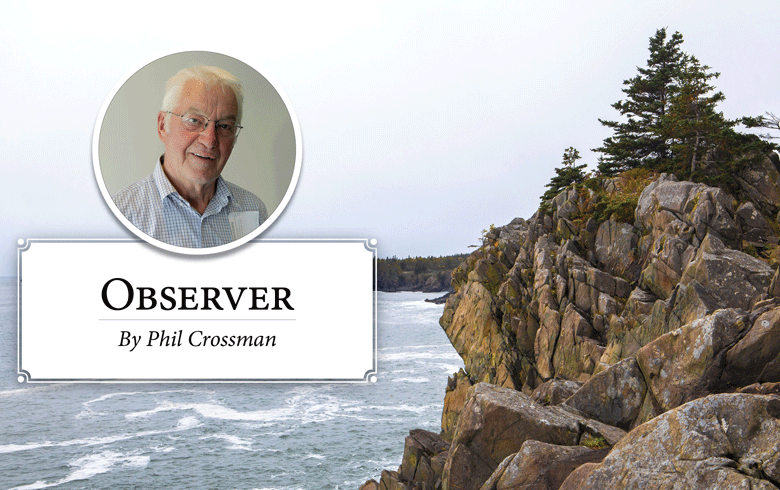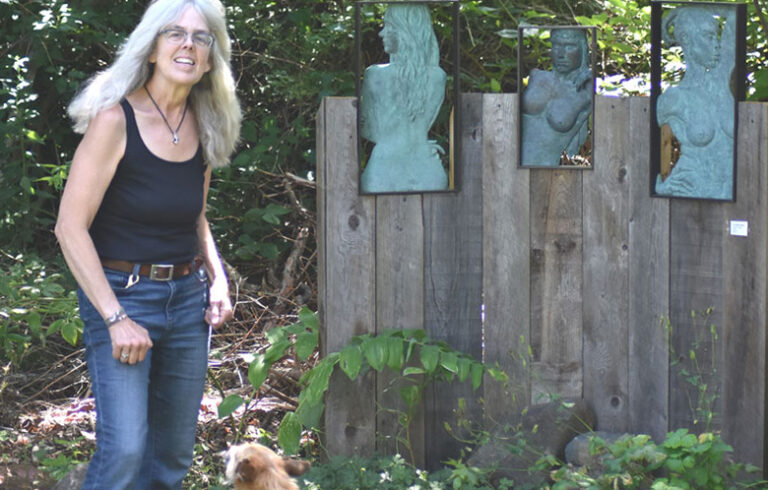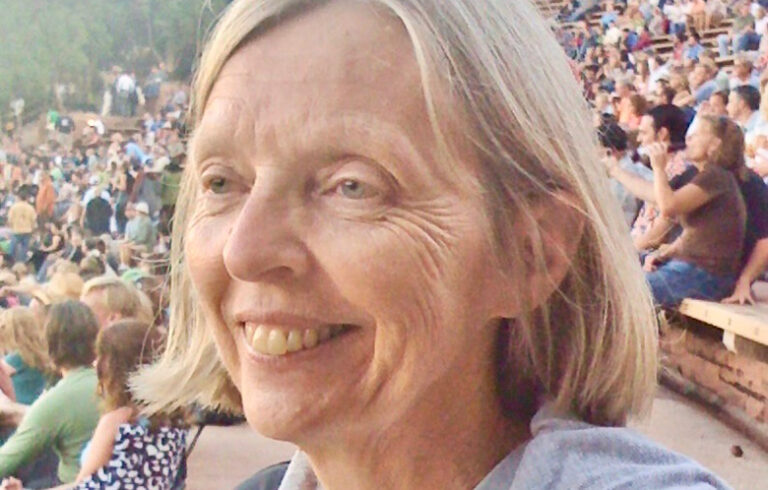When she was a young girl and way longer than might have been advisable had someone known, Sophie imagined a companion. She’d seen Disney’s Peter Pan in 1956 and from that moment on for several years, shared her life with a miniature version of that elf, a little guy, a fairy.
She named him Victor after an uncle who seemed more at ease with her than most people. Her Victor, not the uncle, lived in and around a little wetland in a barely wooded hilltop area, the features of which were clear enough but which she’d only seen in dreams and musings.
When she was ten, her folks rented a place on Vinalhaven Island and, one morning, took her and younger siblings trudging up the rocks to the top of a hill behind their cabin. As they crested a bluff on the Fox Rocks Trail, there emerged, to her astonishment, the very place where her spritely companion dwelled and where for years she’d been an observer.
She sat on the edge of the familiar little pool and parted the nearest stalks of startled sedge grass.
While the others continued slowly on, stopping to explore this or that, she lingered. She sat on the edge of the familiar little pool and parted the nearest stalks of startled sedge grass. She didn’t really expect to find him, though he could have hidden there; he was that small. On the other hand, if he’d hopped out in a panic she’d not have been surprised. He was kind of jumpy.
Her family then rented the same cabin for several years. During that time, she felt sure Victor never got used to her regular appearances, so she always tried not to startle him, giving notice, a little cough perhaps, as she approached.
As a sixth-grader back in Massachusetts, Sophie had won first prize among papers submitted in an elementary science writing competition among a dozen or so Berkshire schools. Her paper was titled “Life in the Slow Lane” and it animated the particulars of this very singular and isolated little island bionetwork.
It explained how this paternal pool and its several offspring puddles together comprised a complete freshwater ecosystem. She described the quality of light in the pool and contrasted it, and the tiny marine creatures that thrived in such pervasive sunshine, with deeper bodies of water and creatures elsewhere.
She chronicled the life forms that inhabit it and explained that certain of those creatures would not survive in a similar pool located elsewhere, if separated by only a few degrees of latitude. She made a clear distinction between the varied lives in this pool, nearly free of organic matter, with life in other tiny waterways where dissolving particulates sustained life.
She explained that this little system was a complete watery environment, fed by a laconic spring which, while under very little pressure at this altitude still brought a continual trickle down to the several tiny tributaries just downhill.
She explained that, at its deepest—only about 10 inches—the pool has a distinct upper layer, the epilimnion, somewhat warmer than the cooler stratum below. Certain creatures, swimming insects mostly, inhabit that upper layer exclusively while others make liberal use of the entire puddle. This ecosystem, she illustrated, the one encompassing the meandering water and immediate surroundings, exists nowhere else.
At 15, again exploring the habitat during one of the family’s last visits, she hoped he’d appear. Suggestions that such whimsy was foolishness flitted around her brain, but she paid no attention. She expected—she wanted—him to emerge. Then she would ask if he knew he was the difference between her adolescent life and something less pleasant, for several years there—between ten and 15.
Phil Crossman lives on Vinalhaven. He may be contacted at PhilCrossman.vh@gmail.com.





